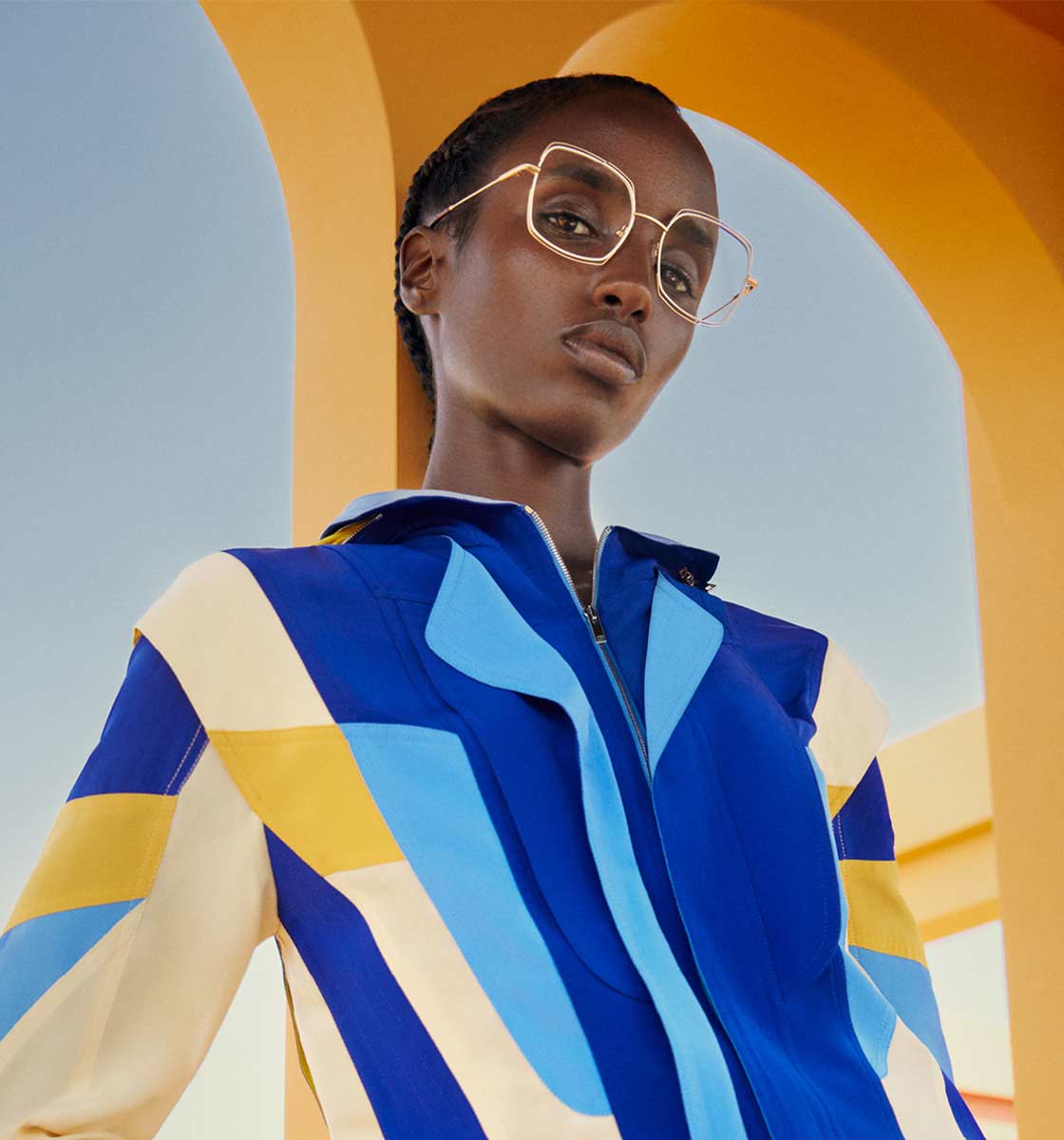
Why choose photochromic lenses
The Photochromic lenses , introduced in the 1960s, represent a constantly evolving optical revolution. These lenses dynamically adapt to light conditions, automatically darkening under exposure to UV rays and brightening when protected from sunlight.
A notable advantage is the gradual adjustment of color intensity based on the surrounding environment, allowing a smooth transition between open and closed places without the need to frequently change between sunglasses and prescription glasses.

These innovative lenses offer complete UV protection on sunny or rainy days. They therefore help the eyes to adapt naturally to different light conditions, reducing eye strain .
But now let's focus on the numerous advantages of photochromic lenses and pay attention to some situations in which they may not be the optimal choice.
Advantages
Photochromic lenses are recommended for different needs and offer numerous advantages:
- protection for sensitive eyes;
- adjustment to environmental conditions in each context and transition between internal and external environments;
- efficiency even on bad weather days;
- Effective protection against strong light and UV filter.
First of all, they are particularly suitable for those who have sensitive eyes to the light. These lenses dynamically adapt to changes in brightness, providing optimal protection and reducing eye irritation.
Even for those who lead a dynamic lifestyle, frequently moving between indoor and outdoor environments, photochromic lenses offer a practical and efficient option. By eliminating the need to constantly change between sunglasses and prescription glasses, they guarantee comfort and versatility in everyday life.
Furthermore, they offer impeccable transition between internal and external environments thanks to the gradual adjustment of the color intensity. When you move from an indoor environment, where the light is dimmer, to a brighter outdoor environment, the lenses gradually adapt and ensure adequate protection.
The extraordinary ability of photochromic lenses to adapt to variations in brightness is crucial to ensuring optimal protection against intense light.

By exposing yourself to UV rays, these lenses darken, filter light and protect your eyes from harmful sun rays.
The fact that this protection is independent of weather conditions is essential to preserve eye health and reduce the risk of eye diseases , such as cataracts and macular degeneration, linked to sun exposure.
Even on cloudy days or during storms, photochromic lenses offer effective protection. This is particularly relevant for those who spend a lot of time outdoors for work or pleasure.
The combination of these features simplifies the management of daily activities, eliminating the need to manage more than one pair of glasses, constantly switching from sunglasses to prescription ones and vice versa.
When it is not recommended
Despite the numerous advantages of photochromic lenses and their adaptability, it is important to consider that their use is not recommended in certain situations.
Continuous lens adaptation could, for example, not be optimal for night driving , for which there are lenses with ideal performance.
Added to this is the fact that photochromic lenses darken less in the car as the windshield blocks over 99% of UV rays, limiting their effectiveness.
Also in high-speed activities , the responsiveness of the lenses may cause temporary visual discomfort.
To be more specific, it must be said that reaction times are not instantaneous, making them annoying in sudden transitions from bright to dark environments.
Sensitivity to temperature changes also affects the speed of the photochromic effect. In particular, exposure to extreme temperatures it can limit the chemical reaction of the photochromic molecules that allow the lenses to darken.
Furthermore, the maximum darkening percentage of photochromic lenses is 80%, making them not ideal as sunglasses in very strong sun and high brightness conditions. This is, for example, the case of excursions in the high mountains, during which a 90% darkening percentage is preferable and where these lenses can represent a limit.
A final detail that has nothing to do with performance, but should still be considered, is that the photochromic lenses must be changed in pairs to avoid imbalances in the reaction to UV rays.
Despite some context in which photochromic lenses can be limiting, the pros, as you can see, are many and mainly revolve around comfort and protection . We are obviously talking about high quality products designed for optimal performance in everyday life contexts.
For many, photochromic lenses represent, in fact, the ideal solution and liberation from the thought of having to manage two pairs of glasses throughout the day.
Of course, we suggest you take your lifestyle and passions into account before making your purchase.
To give you the best advice, our opticians are at your disposal at the Ottica Occhiblu sales points or you can contact us by phone or online.
We will be ready to give you all the information and explanations you need for an informed purchase.




